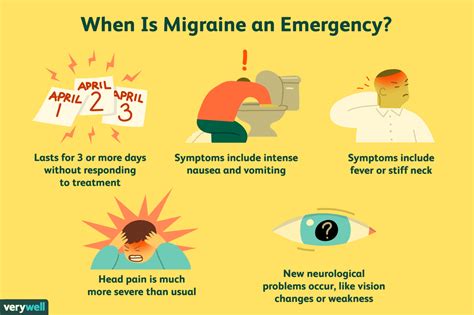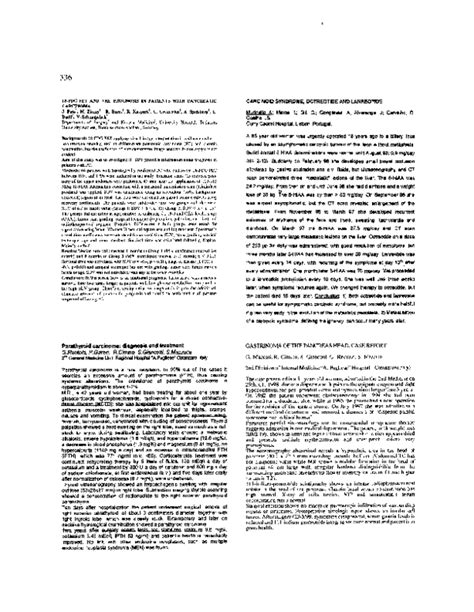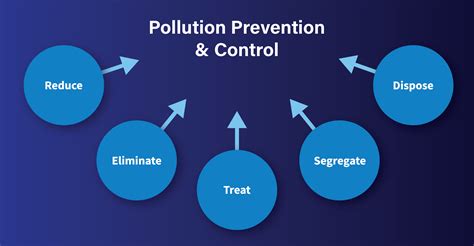Intro
Understand the key differences between headache and migraine, including symptoms, causes, and treatments, to effectively manage and alleviate pain, tension, and neurological discomfort.
Headaches and migraines are two common types of head pain that can significantly impact an individual's quality of life. While they share some similarities, there are distinct differences between the two. Understanding these differences is crucial for proper diagnosis, treatment, and management. In this article, we will delve into the world of headaches and migraines, exploring their causes, symptoms, and treatment options.
Headaches are a universal human experience, affecting people of all ages, genders, and backgrounds. They can range from mild and occasional to severe and debilitating. On the other hand, migraines are a specific type of headache disorder characterized by recurrent episodes of head pain, often accompanied by other symptoms such as sensitivity to light, sound, and nausea. The key to distinguishing between headaches and migraines lies in their underlying causes, symptoms, and effects on daily life.
The importance of understanding the difference between headaches and migraines cannot be overstated. A proper diagnosis is essential for effective treatment and management, as well as for improving overall well-being. By recognizing the distinct characteristics of each condition, individuals can take the first step towards finding relief and regaining control over their lives. In the following sections, we will explore the differences between headaches and migraines in more detail, discussing their causes, symptoms, diagnosis, and treatment options.
Understanding Headaches

Types of Headaches
There are several types of headaches, each with its unique characteristics and causes. Some of the most common types of headaches include: * Tension headaches: caused by muscle tension in the neck and scalp * Cluster headaches: characterized by severe, one-sided pain that occurs in cycles * Sinus headaches: caused by inflammation or infection of the sinuses * Rebound headaches: caused by overuse of pain medication * Thunderclap headaches: sudden, severe headaches that can be a sign of a life-threatening conditionUnderstanding Migraines

Migraine Symptoms
Migraine symptoms can vary from person to person, but common symptoms include: * Severe, throbbing head pain, often on one side of the head * Sensitivity to light, sound, and smells * Nausea and vomiting * Dizziness and vertigo * Aura, which can include visual disturbances, numbness, or tinglingDiagnosis and Treatment

Treatment Options
Treatment options for headaches and migraines include: * Medication: over-the-counter pain medication, prescription medication, and preventative medication * Lifestyle changes: stress management, relaxation techniques, and avoidance of triggers * Alternative therapies: acupuncture, massage, and herbal remedies * Lifestyle modifications: maintaining a headache diary, avoiding triggers, and staying hydratedPrevention and Management

Preventative Measures
Preventative measures for headaches and migraines include: * Maintaining a headache diary to track symptoms and triggers * Staying hydrated and avoiding dehydration * Practicing stress management techniques, such as meditation and deep breathing * Avoiding triggers, such as certain foods, lights, and sounds * Getting regular exercise and maintaining a healthy weightConclusion and Next Steps

We invite you to share your thoughts and experiences with headaches and migraines in the comments below. Have you found any effective treatments or management strategies? What triggers your headaches or migraines, and how do you avoid them? By sharing your story, you can help others who may be struggling with similar conditions.
What is the difference between a headache and a migraine?
+A headache is a broad term that encompasses various types of head pain, while a migraine is a specific type of headache disorder characterized by recurrent episodes of head pain, often accompanied by other symptoms such as sensitivity to light, sound, and nausea.
What are the common symptoms of migraines?
+Common symptoms of migraines include severe, throbbing head pain, sensitivity to light, sound, and smells, nausea and vomiting, dizziness and vertigo, and aura, which can include visual disturbances, numbness, or tingling.
How can I prevent and manage headaches and migraines?
+Preventing and managing headaches and migraines requires a proactive approach, including maintaining a healthy lifestyle, avoiding triggers, and seeking medical attention when necessary. This may involve keeping a headache diary, staying hydrated, and practicing stress management techniques.
